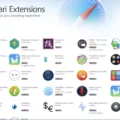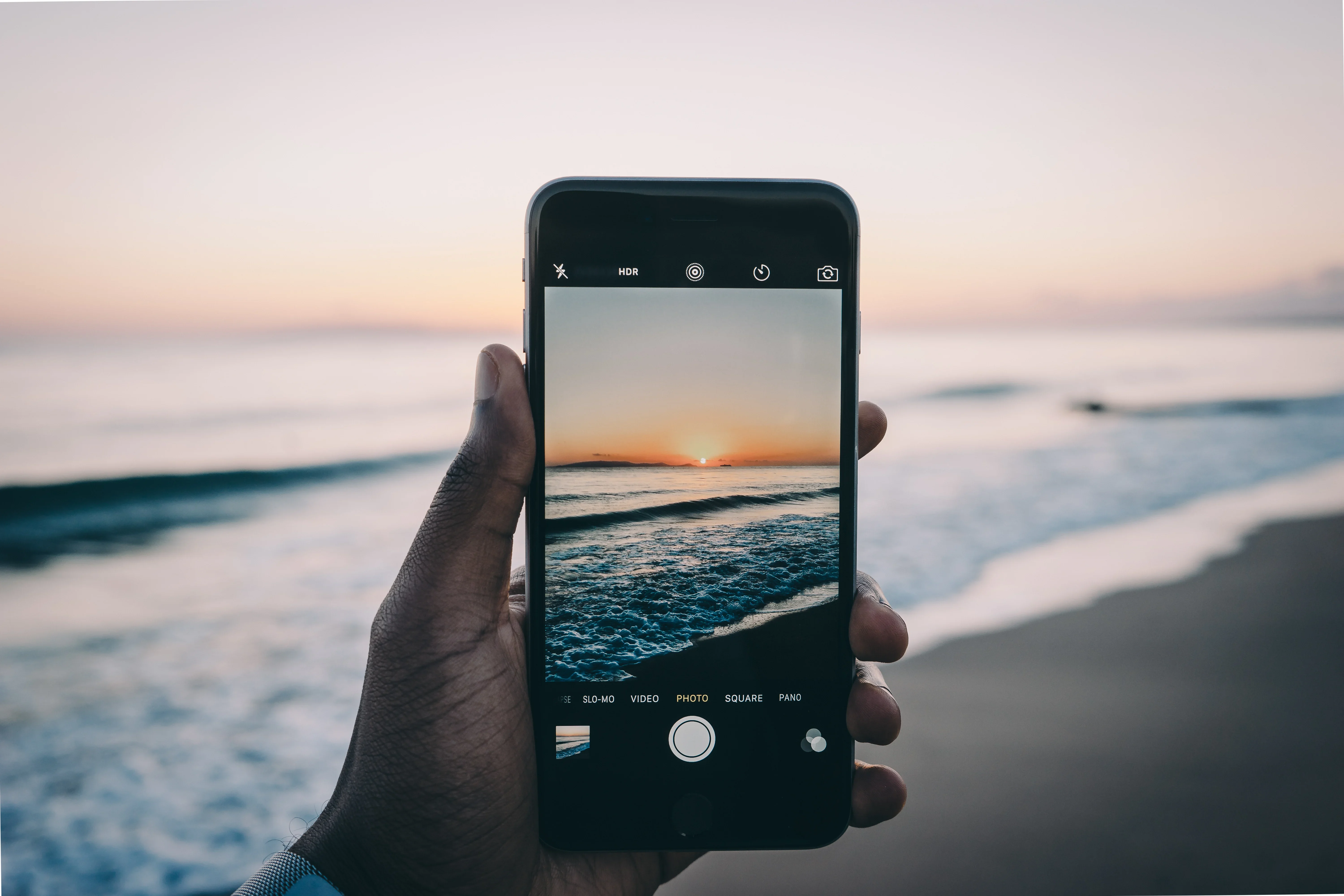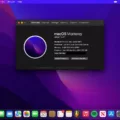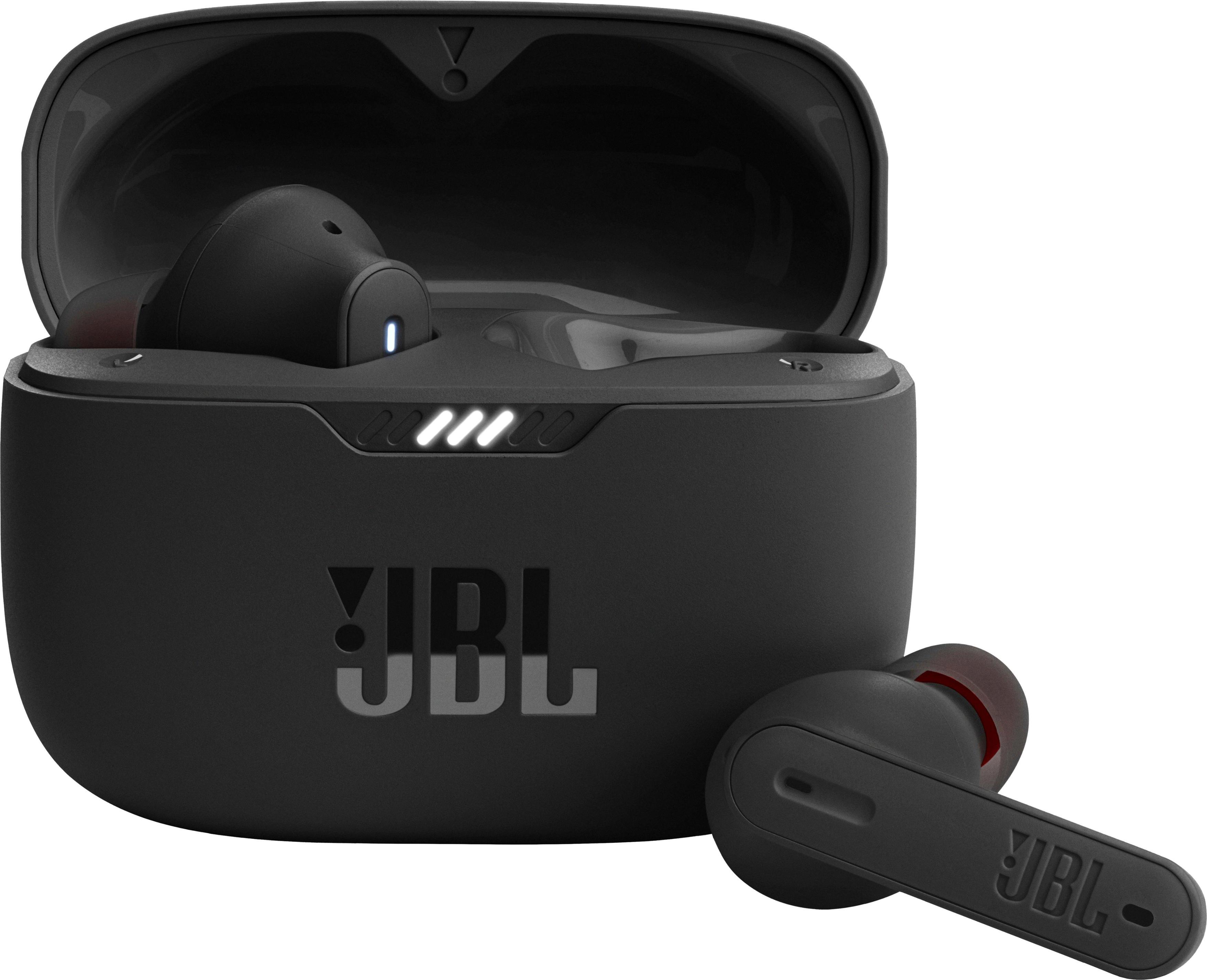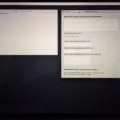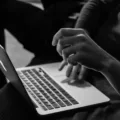When you use your Mac in Clamshell Mode, the computer is in a special sleep state that alows it to conserve power. Clamshell Mode can also help extend the life of your battery.
To put your Mac into Clamshell Mode, close the lid of your laptop so that the screen is facing down and the keyboard is facing up. You shoud see a small light on your MacBook’s keyboard that indicates Clamshell Mode is active.
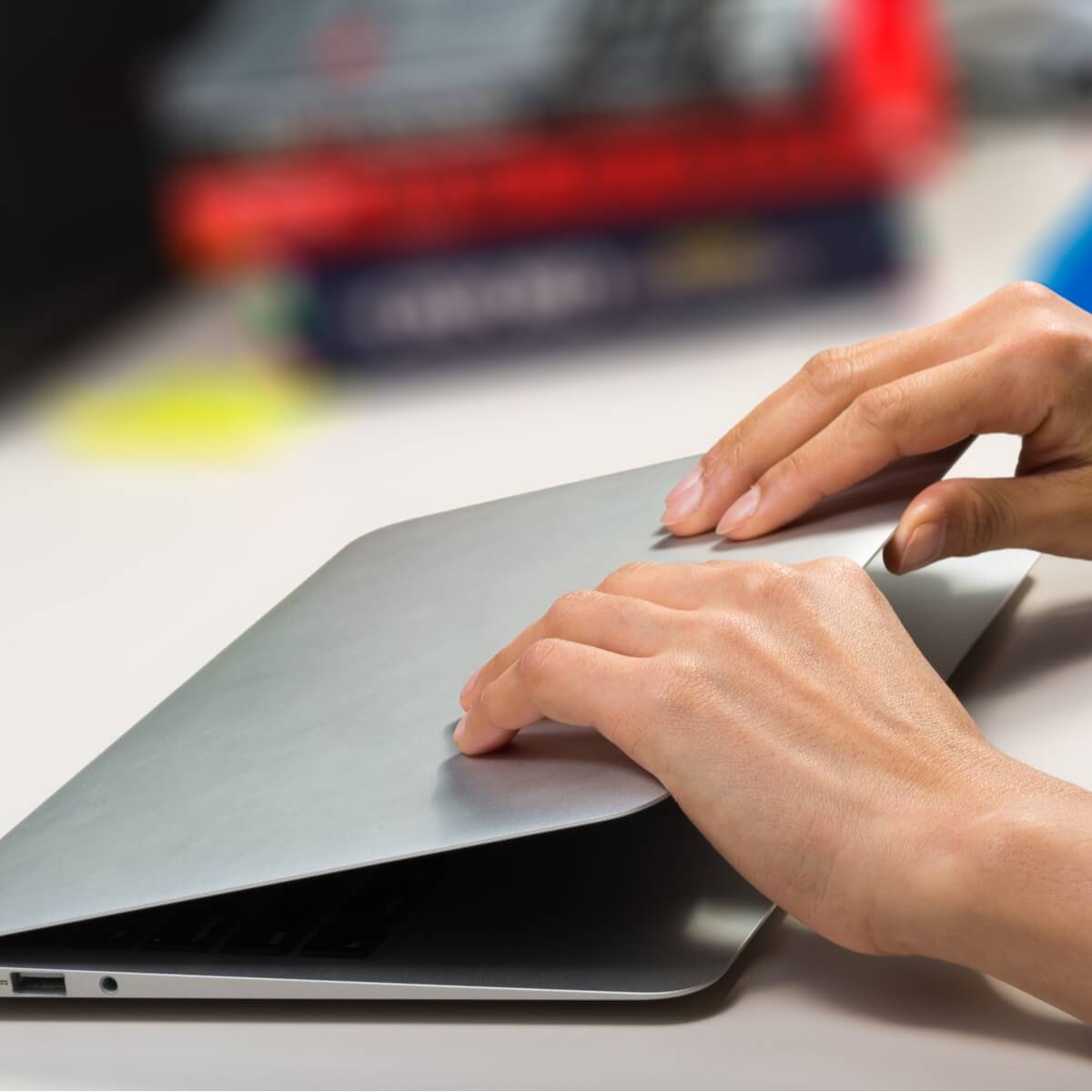
Clamshell mode was originally designed as a way to save power, since the internal display is one of the biggest power drains on a mobile phone. When the internal display is turned off, the phone can last for much longer on a single charge.
However, clamshell mode also has some other advantages. First, it can help to protect the internal display from scratches and other damage. Second, it can make it easier to see the external display in direct sunlight.
How Do I Put My Mac In Clamshell Mode?
To put your Mac in clamshell mode, fist make sure that the power adapter is plugged in and that your laptop is connected to an external monitor. Next, close the lid of your laptop. On newer laptops, this will automatically initiate clamshell mode. However, on older laptops you may need to also press the spacebar on the external keyboard to initiate clamshell mode.
How Do I Put My Laptop Into Clamshell Mode?
First, open the Start menu and search for Control Panel. Navigate to Hardware and Sound > Power Options > Choose what closing the lid does. You can also type “Lid” into the Start menu to immediately find this menu.
Once you’re in the Lid settings menu, you can choose what you want your laptop to do when you close the lid. To put your laptop into clamshell mode, simply select the “Do Nothing” option. This will prevent your laptop from going into sleep mode or hibernation when you close the lid, which is ideal for when you’re using an external monitor or keyboard.
Is It OK To Use MacBook In Clamshell Mode?
When you use your MacBook in clamshell mode, the lid is closed and the computer is connected to an external display. This mode conserves battery power because the MacBook’s internal display is turned off. Additionally, it can help prevent eye strain because you’re looking at a larger display. However, thre are a few things to keep in mind when using your MacBook in clamshell mode.
First, make sure that your MacBook is properly ventilated. It’s important that your computer doesn’t overheat, so it’s best to use it on a hard surface like a desk or table. You may also want to invest in a laptop cooling pad.
Second, be aware of the angle of your screen. If the screen is tilted too far back, it can cause neck strain. Make sure the screen is at eye level and that you’re sitting up straight.
Third, be careful of static discharge. When you have the lid closed, you’re not grounded and static discharge can damage your computer. To avoid this, touch something metal before handling your MacBook.
Following these guidelines will help you use your MacBook safely and effectively in clamshell mode.
Can I Close My Mac And Use An External Monitor?
Yes, you can close your Mac and use an external monitor. Your external monitor may flash off for a moment but it will then show your Desktop (you may need to wake your Mac by pressing a key on the keyboard or moving the mouse).
How Do I Keep My Mac On When I Close The Lid?
To keep your MacBook on when you close the lid, open System Preferences and click on Battery. Click the Power Adapter tab on the left side of the window and then, in the Turn display off after section, drag the slider to the right to Never.
Is It OK To Close Laptop Lid While Using External Monitor?
Yes, you can close your laptop lid while usng an external monitor. This will not affect the display on the external monitor. However, we recommend plugging your laptop in while using an external monitor so that you don’t have to worry about the battery draining while you use your workstation.
Does Clamshell Mode Cause Overheating?
The computer is designed to be used in closed display mode. There is no overheating issue.
Is It Safe To Run MacBook Pro With Lid Closed?
No, it is not safe to run MacBook Pro with the lid closed. The purpose of the keyboard is to dissipate a substantial portion of the heat; if you were to close the lid, the heat would not be able to escape as effectively. Additionally, the added heat cold reduce the lifespan of your screen.
How Do I Start My MacBook Pro Without Opening The Lid?
If you want to start your MacBook Pro without opening the lid, you can do so by folowing these steps:
1. Connect your MacBook Pro to a power source.
2. Press and hold the power button for a few seconds.
3. Release the power button when you see the light on the MagSafe connector change from amber to green.
Your MacBook Pro should now be turned on and you can begin using it wihout having to open the lid.
Can I Connect 2 Monitors To My MacBook Pro?
Yes, you can connect up to two monitors to your MacBook Pro. If the displays themselves have Thunderbolt ports, you can connect one display to another, and then connect one of the displays to a Thunderbolt port on your Mac.
Does My Mac Go To Sleep When I Close The Lid?
Yes, your Mac will automatically go to sleep when you close the lid. This is a power-saving measure that helps conserve battery life. When your Mac is in sleep mode, the screen is turned off and the hard drive is powered down. However, all of your open documents and programs are stil stored in memory, so you can quickly resume your work when you open the lid again.
How Do I Make My Mac Only Show External Monitor?
This can be done by following the steps below:
1. Connect your MacBook to an external power source.
2. Connect an external keyboard and mouse.
3. Close the lid of your MacBook.
4. Use the keyboard and mouse to navigate on your external display.
How Do I Use The MacBook Air M1 With The Lid Closed?
If you would like to use your MacBook Air m1 with the lid closed, you can do so by connecting an external monitor to the MacBook Air and then closing the lid. This will cuse the MacBook Air to enter what is known as “clamshell mode”. In this mode, the MacBook Air will continue to receive power and will be able to use its internal components, including the built-in display, while the lid is closed.

